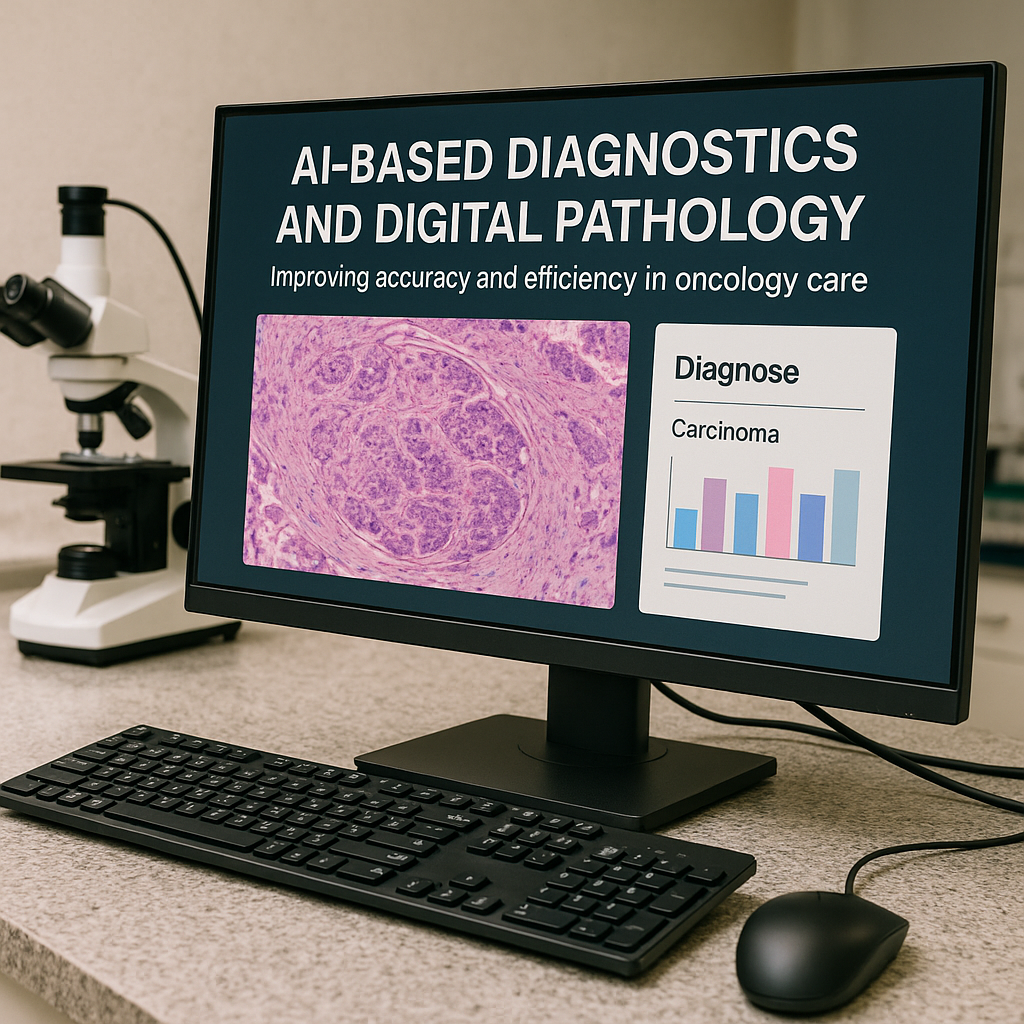

The AI-based analysis and digital imaging are believed to be advanced precision oncology therapies for the next generation to achieve potential and access to all patients. The precious years have shown that the cancer treatment has increased and evolved from having an option of various therapies that can be selected based on the molecular profile of a patient’s tumor. Apart from these advancements, several diagnostic labs are dependent on manual pathology methods that do not provide precision guidance for modern treatment. Very few labs are involved in accepting advancement and providing computational image analysis and multiplex immunohistochemistry assays, which a needed for next-generation oncology therapies.
The AI-based analysis and digital imaging are accelerating pathologist performance by giving them the power to quantify biomarker expression along with pixel-level precision that holds the potential to end traditional treatment. The Leica Biosystems executives pinpoint the use of AI in biopharma, highlighting ‘how innovation is a much-needed contribution to novel precision medicine’. By adopting computational pathology in the clinical laboratory, it will gain the full potential to discover new therapies in the healthcare market.
HERCEPTIN (trastuzumab), a therapy for patients suffering from breast cancer with increased HER2 expression, received approval in 1998. This diagnosis is vastly qualitative. Today, the antibody-drug conjugates (ADCs) need more attention and quantitative choice. Enhertu (trastuzumab deruxtecan) therapy also works on low HER2 expression. Though addressing these patients through a manual process is difficult but with computational pathology, the quantitative assessment can be performed more effectively.
Around 20% clinical labs have implemented digitalization in their pathology. It might be due to the unofficial clinical utility that changes quickly. The digitalization such as digital slide scanners, creates the data that which algorithm runs. This help labs to form automation in workflow, merging analysis, staining and scanning into a ease process. The workflow pattern will diminish variability and enhance reproducibility, which will leverage the workflow. With the balanced and maintained resources (workflow), the pathologist can pay attention to the priority task. The pharma partners of Leica Biosystems are demanding validation of complicated biomarkers, an elevation to clinical development, and scale diagnostics.
The precision therapeutics needs precision diagnostic to be proved as a full potential diagnostic in the market. As the demand for personalized therapies will rise the computational pathology will be considered at first stage in the near future.